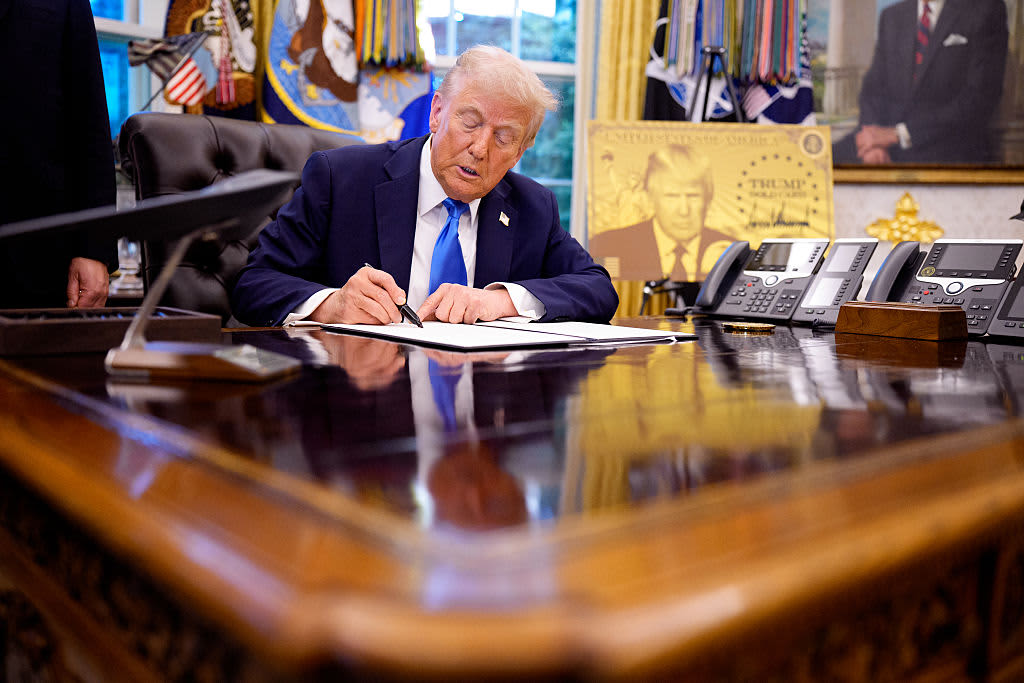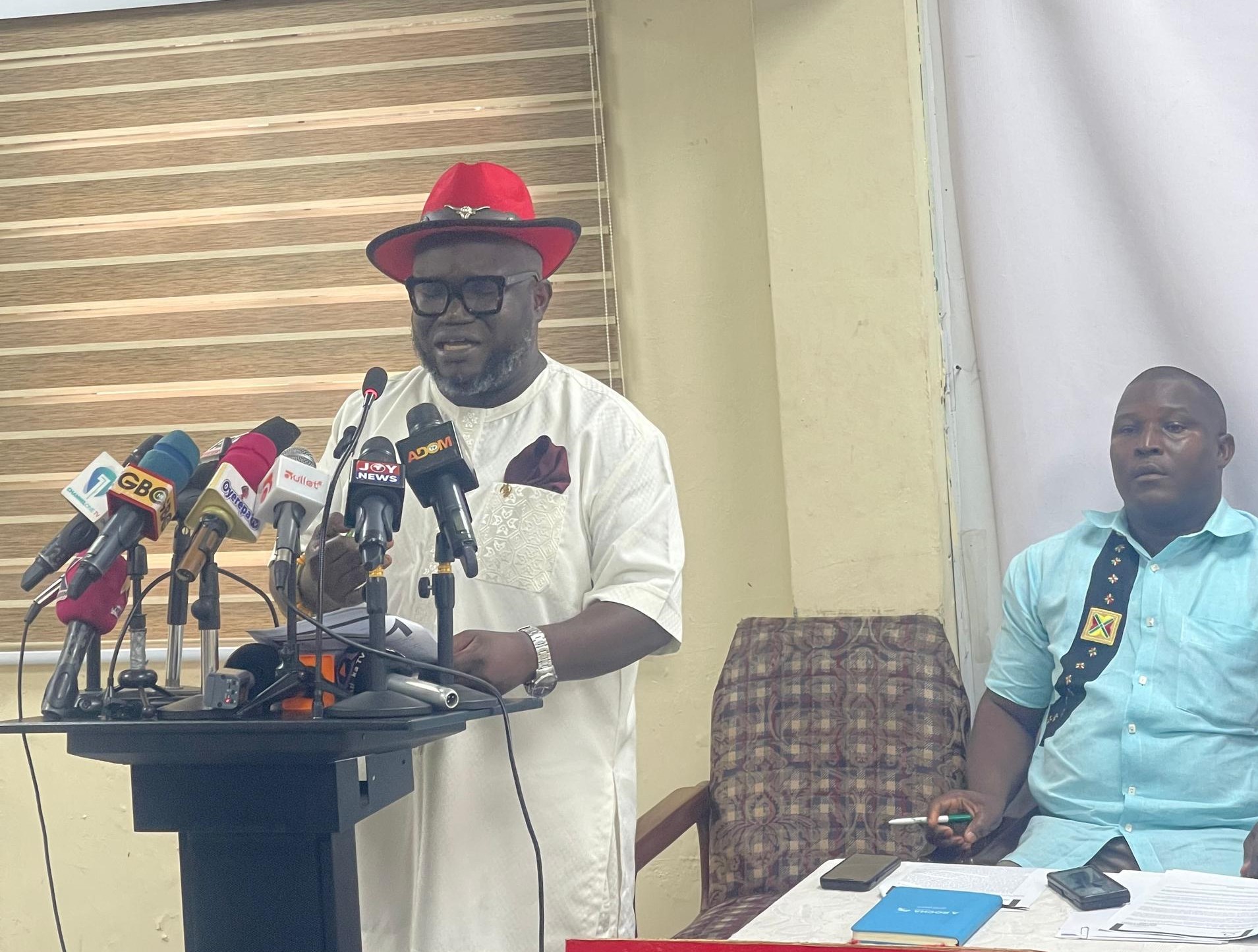By Robert Frank
Copyright cnbc

Demand for the Gold Card is likely to come mainly from China and India, according to immigration advisers. Yet applicants from those countries may be disappointed. The EB-1 and EB-2 programs (which form the basis for the Gold Card) already have large backlogs from applicants from China and India, stretching for years. If Gold Card buyers are allowed to skip to the front of the line because of their $1 million donation, the applicants who have been waiting could file lawsuits. At the same time, Gold Card buyers won’t be willing to spend $1 million if they’re forced to wait years for approval.
Dramatically expanding the number of visas available through the EB-1 and EB-2 programs would also likely require approval from Congress, advisors said.
“India and China are actually excluded in a way from the Gold Card,” Volek said. “The EB-1 and EB-2 routes already have significant backlogs for China and India. So immediate access to the Gold Card may not actually work if you’re born in one of those two countries.”
The Gold Card also has some downsides compared with other golden visa programs around the world. The $1 million donation isn’t refundable, while visas in other countries are structured as investments that could generate returns. And unlike most other countries, the U.S. taxes its citizens and residents on their worldwide income, even if it’s earned overseas.
The Platinum Card is designed to partially avoid the taxation issue in exchange for a higher price. According to the White House, the Platinum Card would allow holders to remain in the U.S. for 270 days a year without paying taxes on their overseas income. Currently, overseas nationals are subject to worldwide tax if they are in the U.S. for 183 days during a three-year period using a complex IRS day-counting formula known as the “substantial presence” test.
Some advisors say the Platinum Card will be a tougher sell than the Gold Card, since it doesn’t lead to a green card or citizenship and has limited benefits for the ultra-rich who already spend time in the U.S.
“It will not sell well,” said David Lesperance, of Lesperance Associates. “Few will consider it worth $5 million just to spend an additional 91 days in the U.S.”
Others say the Gold and Platinum cards will appeal to different types of overseas rich. The Platinum Card may be appealing to the ultra-wealthy — say, billionaires from Asia or the Middle East — who want to be in the U.S. but want to shield their companies and income from U.S. taxes. Jafri said he’s already received inquiries about the Platinum Card from four Brazilian family offices.
The Gold Card is more fitting for the sons and daughters of the overseas rich who want to go to college in the U.S. and become more competitive in the U.S. job market after graduating.
“A lot of the kids of these overseas billionaires don’t want to run the family business and want to be architects or doctors or engineers and have regular jobs,” Jafri said. “Or maybe they want to create a startup in America. The Gold Card is very attractive for that group.”
Given the relatively low price of the Gold and Platinum cards, Jafri said the White House should consider eventually issuing a Black Card.
“They could charge $20 million or $25 million and exempt the buyers from the estate tax,” he said. “That would be a game-changer. I bet 1,000 people would do it and they would bring all their assets to the U.S.”



